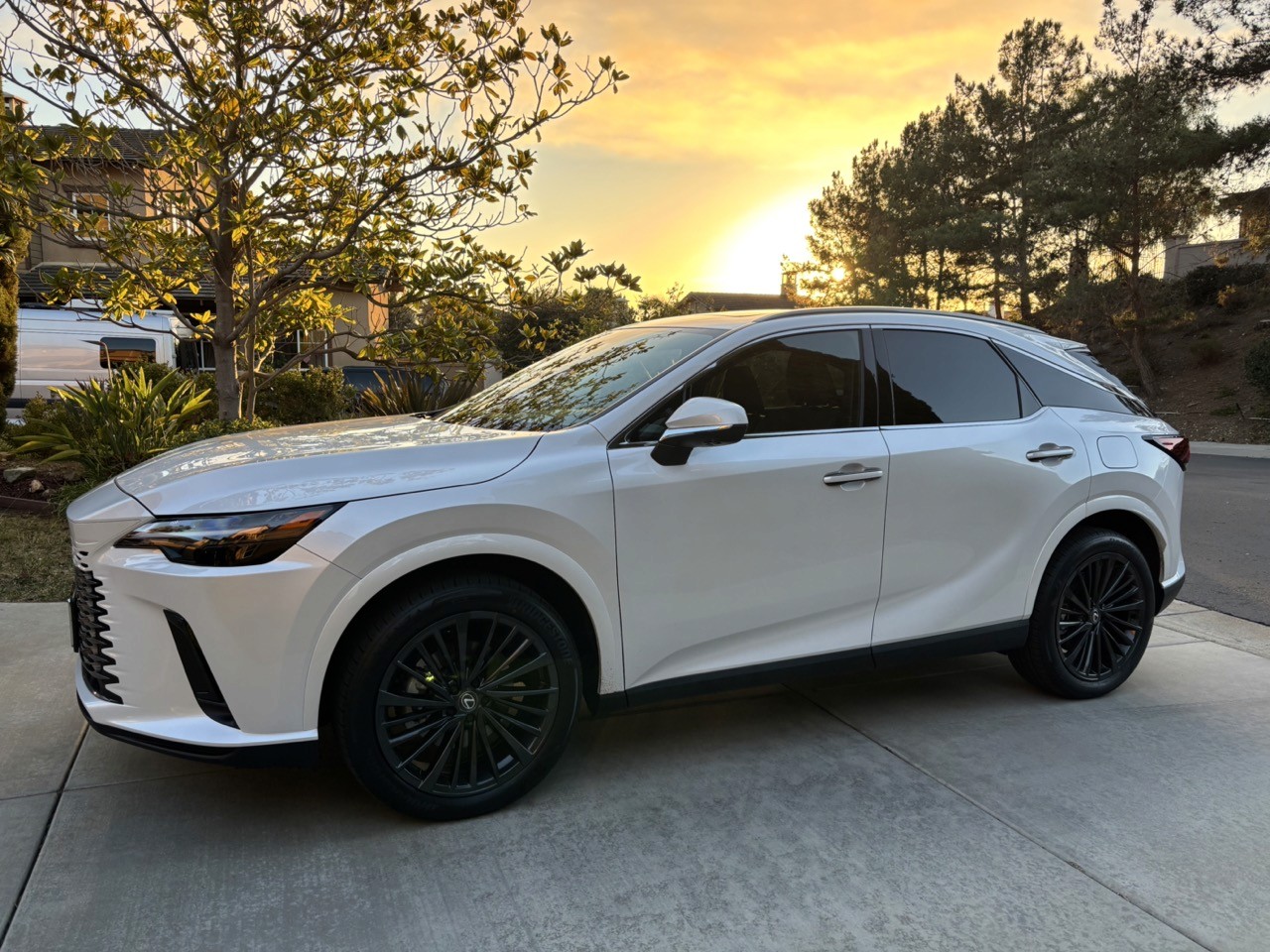Giving Your Vehicle a Second Life: Interior Restoration and Upgrades
Written By
CarOracle Experts
Published
May 30, 2023
Revitalize your vehicle's interior with cost-effective upgrades. Explore the benefits of professional restoration for a second life on the road.
At a Glance
This article explores the financial advantages of refreshing your vehicle's interior, especially in a market where both used and new cars are more expensive. We discuss the considerations of choosing materials, preserving resale value, and potential risks of such upgrades. We also highlight how professional services can ensure the best results and safety, with a special look at companies such as Katzkin, which offers custom-made seat covers.
Keeping Your Car, Refreshing its Look
With the rising costs of both new and used cars, many vehicle owners are choosing to keep their vehicles for longer. One way to extend the life of your vehicle and add a touch of luxury is to upgrade or replace the interior. The cost of sales tax alone on a new vehicle could cover all or a good portion of reupholstering your current car, making it a financially beneficial move.
Choosing the Right Material and Style
When reupholstering your car's interior, you have a wide variety of materials to choose from. You can opt for leather, faux leather, vinyl, fabric, or even alcantara. Each has its own set of pros and cons regarding durability, comfort, and ease of cleaning. When making your choice, it's important to think about your lifestyle and how you use your vehicle.
While it might be tempting to opt for bold colors or patterns, consider that deviating significantly from the car's original interior style might affect its future resale value. However, if you're reupholstering your car's interior with the intention of driving it for many more years, then that is less of factor.
The Value of Professional Services
While there are DIY options available, hiring a professional upholstery service or installer is recommended, especially for vehicles with built-in seat airbags. Many cars today have airbags integrated into the seats, which require specialized knowledge to work around during upholstery replacement. Professional installers are also experienced in working with different materials and can ensure a snug and safe fit.
Companies like Katzkin offer model-specific seat covers that can be installed by local professionals. These covers are designed to fit perfectly and not interfere with any safety features. Katzkin, in particular, has a vast network of recommended local installers to help ensure the job is done right.
Mitigating Risks and Protecting Your Investment
Upgrading your vehicle's interior is an investment, and like any investment, it comes with risks. One of the key risks is if your vehicle is totaled in an accident shortly after the interior upgrade. Whether your insurance company will compensate you for the upgrade cost is not always clear. It's a good idea to talk to your insurance agent before making significant upgrades to your vehicle to understand your coverage.
Finding a Reliable Local Installer
Beyond online platforms like Yelp and Google, another way to find a reliable local firm for your vehicle's interior upgrade is to reach out to your local car dealership. They often have connections with local shops, which they use to refurbish used cars before resale. You can leverage their network and experience to find a reputable service provider.
Conclusion & Recommendations
Refreshing your vehicle's interior can be a cost-effective way to extend its lifespan, especially when new and used vehicle prices are on the rise. Choosing the right material and style for your lifestyle and tastes, working with professional installers, and understanding the potential risks can help you make the best decisions for your vehicle's interior upgrade. Remember to factor in safety considerations, particularly with seat airbags, and always consult your insurance provider when planning significant upgrades.













